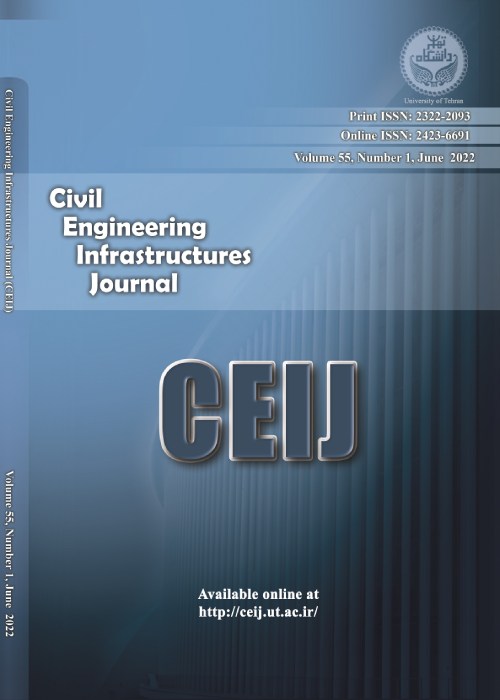Use of Bentonite and Lime for Decreasing the Permeability of Liner and Cover in Landfills
Abstract:
Population growth, uncontrolled and excessive consumption of natural resources, urbanization together with technological and industrial developments have brought about considerable changes in the environment. At present, one of the main concerns for these societies is the proper collection and disposal of the domestic wastes. One of the main methods used for the disposal of the wastes has been the construction and use of landfills. Engineering designed and constructed landfills, should allow proper collection and disposal of the leachate, in order to prevent it from permeating into the ground and polluting valuable soil and ground water resources both in short and long terms. To achieve this, it is of paramount importance to use impermeable material for the construction of the landfill liner and the cover. In the current investigation, the possibility of using additives such as bentonite and lime to reduce the permeability of sandy and clayey soils has been studied. The effects of the additives were investigated when they were added to the soils in singular and in combined form. The amount of additives used varied between 0 to 9 percent of the dry weight of the soil. Results of the investigation showed that the use of bentonite on its own significantly reduces the permeability of the sand and lime addition proved to be ineffective in this respect. In case of the clay soil, lime showed to be more effective than bentonite in reducing the permeability of the soil. Concurrent addition of the lime and bentonite to the clay soil, although resulted in reducing the permeability but for a particular percentage of additives it has not been as effective as lime on its own. The addition of lime to the clay soil causes chemical reactions which constitute calcium silicate and aluminate hydrates. These compounds cement the soil particles together, occupy part of the void spaces and subsequently reduce permeability. Lime addition to the clay soil also modifies the clay structure, reducing its affinity for water absorption. As a result clay particles become less able to absorb water and the cementation of the particles resists volumetric changes caused by moisture variations. These effects combine to increase the clay soils ability to resist desiccation cracking when used as landfill cover. To meet the U.S.E.P.A. criterion of reducing soil permeabilities to less than 10-7cm/s, the optimum amount of bentonite for the sand was determined to be 8.5%, and for the clay soil the optimum lime and bentonite contents were respectively determined as 1.7% and 2.7%.
Language:
Persian
Published:
Civil Engineering Infrastructures Journal, Volume:43 Issue: 1, 2009
Page:
61
magiran.com/p754602
دانلود و مطالعه متن این مقاله با یکی از روشهای زیر امکان پذیر است:
اشتراک شخصی
با عضویت و پرداخت آنلاین حق اشتراک یکساله به مبلغ 1,390,000ريال میتوانید 70 عنوان مطلب دانلود کنید!
اشتراک سازمانی
به کتابخانه دانشگاه یا محل کار خود پیشنهاد کنید تا اشتراک سازمانی این پایگاه را برای دسترسی نامحدود همه کاربران به متن مطالب تهیه نمایند!
توجه!
- حق عضویت دریافتی صرف حمایت از نشریات عضو و نگهداری، تکمیل و توسعه مگیران میشود.
- پرداخت حق اشتراک و دانلود مقالات اجازه بازنشر آن در سایر رسانههای چاپی و دیجیتال را به کاربر نمیدهد.
In order to view content subscription is required
Personal subscription
Subscribe magiran.com for 70 € euros via PayPal and download 70 articles during a year.
Organization subscription
Please contact us to subscribe your university or library for unlimited access!


